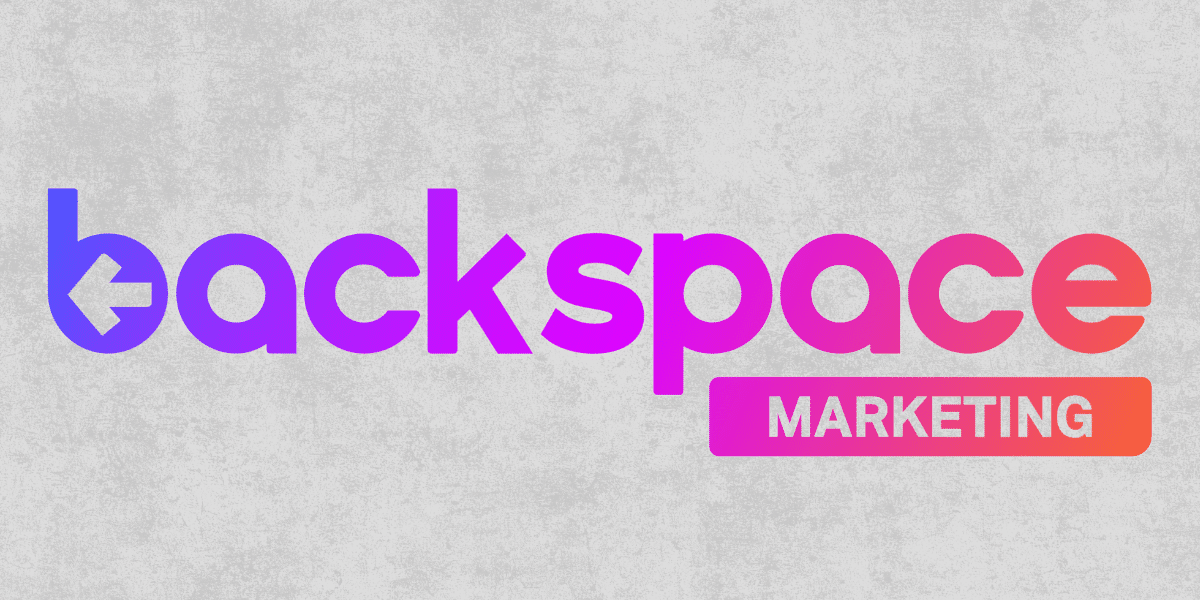In recent years, streaming services have become the dominant way for consumers to access entertainment content. From Netflix to Disney+, HBO Max to Apple TV+, the number of platforms available has exploded. While this variety offers more choice, it has also led to a debate about whether there are now too many streaming services. With rising costs, content fragmentation, and increased competition, consumers are feeling overwhelmed by the abundance of options. In this article, we explore the key subtopics of this debate, examining the benefits and challenges of the current streaming landscape.
Subscription Fatigue
One of the most common issues that arises when discussing the proliferation of streaming services is subscription fatigue. With so many platforms competing for attention, consumers are faced with the decision of which services to subscribe to, often leading to frustration and fatigue.
Overwhelming Number of Options
Many people began their streaming journey with one or two subscriptions, but as more platforms entered the market, it became increasingly difficult to keep up with all the content across different services. Today, viewers need multiple subscriptions to access their favorite shows and movies, which can be both time-consuming and expensive. The result is a growing sense of fatigue as consumers juggle numerous subscriptions, passwords, and app interfaces.
Dropping Subscriptions
In response to subscription fatigue, some consumers are opting to cancel certain services, choosing only the platforms they use the most. This trend has led to a rise in churn rates—the percentage of subscribers who cancel their subscriptions after a period of time. As a result, streaming services are under increasing pressure to retain their customers by offering exclusive content or lower subscription costs.
Content Fragmentation
Another major concern in the streaming market is content fragmentation. As more platforms emerge, media companies have increasingly divided their libraries, taking their content off of other platforms to offer exclusively on their own. This has fragmented the streaming landscape and made it harder for viewers to find all the content they want in one place.
Loss of All-in-One Services
When Netflix was one of the only major streaming services, it was often considered an all-in-one option for entertainment. However, with the introduction of Disney+, Hulu, HBO Max, and others, content has become spread out across multiple platforms. For example, Disney pulled its content from Netflix to launch its own platform, while NBC Universal took The Office off of Netflix and moved it to Peacock. This fragmentation has made it difficult for consumers to access all the shows they love without subscribing to numerous platforms.
Cost of Subscriptions
A key factor driving the frustration with the number of streaming services is the rising cost of subscriptions. With each new service entering the market, consumers face increasing expenses as they try to keep up with all the content available.
Expensive Monthly Bills
At first, streaming services like Netflix were seen as an affordable alternative to cable television. However, as more services emerged, the cost of subscribing to multiple platforms quickly added up. A consumer who subscribes to Netflix, Disney+, HBO Max, and Apple TV+ could easily spend upwards of $50 to $60 per month—comparable to traditional cable packages. This growing financial burden has caused many consumers to rethink their streaming choices and prioritize affordability.
Bundling and Discounts
In response to these concerns, some services have introduced bundles or discounted rates. For example, Disney offers a bundle that includes Disney+, Hulu, and ESPN+ at a lower price than subscribing to each service individually. These bundles are designed to keep consumers engaged while offering a more affordable solution for accessing multiple platforms.
Competition Among Platforms
With so many streaming services available, competition among platforms is fiercer than ever. Each service competes not only for subscribers but also for exclusive content, leading to high-budget productions and fierce bidding wars for intellectual property.
Exclusive Content Wars
One of the ways streaming platforms set themselves apart is through exclusive content. Shows like Stranger Things on Netflix, The Mandalorian on Disney+, and The Marvelous Mrs. Maisel on Amazon Prime Video are only available on their respective platforms, forcing consumers to subscribe if they want to watch these popular series. As a result, content creation has become more competitive, with services vying for the most talked-about shows and movies.
Original Content vs. Licensed Content
Another factor shaping the streaming landscape is the balance between original content and licensed content. While many platforms initially relied on licensed shows and movies, there has been a growing trend toward investing in original content.
Shift to Original Programming
As media companies reclaim their content to use on their own platforms, streaming services have increasingly turned to original programming to differentiate themselves. Netflix, for instance, has invested billions in producing original films and series, such as The Crown and The Witcher. Similarly, Apple TV+ has focused primarily on original content to build its subscriber base, offering series like Ted Lasso and The Morning Show.
Challenges of Licensing Deals
While original content is important, licensed content remains a major draw for many consumers. Shows like Friends, The Office, and Seinfeld have been highly sought-after by streaming platforms. However, securing the rights to these popular shows comes with a hefty price tag, and platforms must balance their investments in original programming with the costs of acquiring classic content.
Consumer Choice Overload
With so many platforms and options to choose from, consumer choice overload has become a significant issue. Viewers now have access to thousands of shows and movies, but the sheer volume of content can make it difficult to decide what to watch.
Decision Fatigue
Choice overload often leads to decision fatigue, where consumers feel overwhelmed by the number of options and struggle to make a decision. Instead of enjoying the wide range of content available, many users end up scrolling endlessly without ever selecting something to watch. Streaming platforms have attempted to combat this issue by offering curated playlists and personalized recommendations, but the abundance of options can still leave viewers feeling overwhelmed.
The Rise of Niche Platforms
In addition to major players like Netflix and Disney+, there has also been a rise in niche platforms catering to specific genres, audiences, or interests. Examples include Shudder for horror fans, Crunchyroll for anime lovers, and The Criterion Channel for classic and art-house films.
Appealing to Dedicated Audiences
These niche services offer a more focused library of content that appeals to dedicated fanbases. While they may not have the broad appeal of a platform like Netflix, they have found success by catering to viewers with specific tastes. For consumers who are passionate about particular genres, niche platforms offer a valuable alternative to the broader, more general streaming services.
Piracy Concerns
As subscription fatigue grows and costs rise, there are concerns that consumers may turn to piracy as an alternative to subscribing to multiple services. The more fragmented and expensive the streaming landscape becomes, the more likely viewers are to seek illegal ways to access the content they want.
A Return to Piracy?
In the early days of streaming, platforms like Netflix were seen as a solution to piracy by offering affordable and legal access to content. However, as the number of platforms grows and content is divided among them, some experts worry that piracy could make a comeback. If consumers are unable or unwilling to subscribe to multiple services, they may resort to illegal streaming or downloading as a way to access their favorite shows and movies.
Future Industry Consolidation
As competition intensifies and consumers face subscription fatigue, there is speculation that the streaming industry may undergo consolidation in the future. Mergers between platforms or the acquisition of smaller services by larger companies could reduce the number of streaming options and create more streamlined offerings.
A Path to Simplicity?
While consolidation could reduce the overwhelming number of options, it also raises concerns about monopolies and reduced consumer choice. However, if platforms consolidate effectively, it could simplify the streaming landscape and offer consumers more comprehensive packages without the need to subscribe to multiple services.
The question of whether there are too many streaming services today reflects broader concerns about content fragmentation, rising subscription costs, and consumer fatigue. While the abundance of platforms offers viewers a wealth of content, it has also led to frustration and confusion as consumers navigate a growing array of options. As the streaming landscape continues to evolve, industry consolidation, niche platforms, and changes in pricing models may shape the future of entertainment. For now, however, many viewers are left grappling with the question of how many streaming services is too many.














